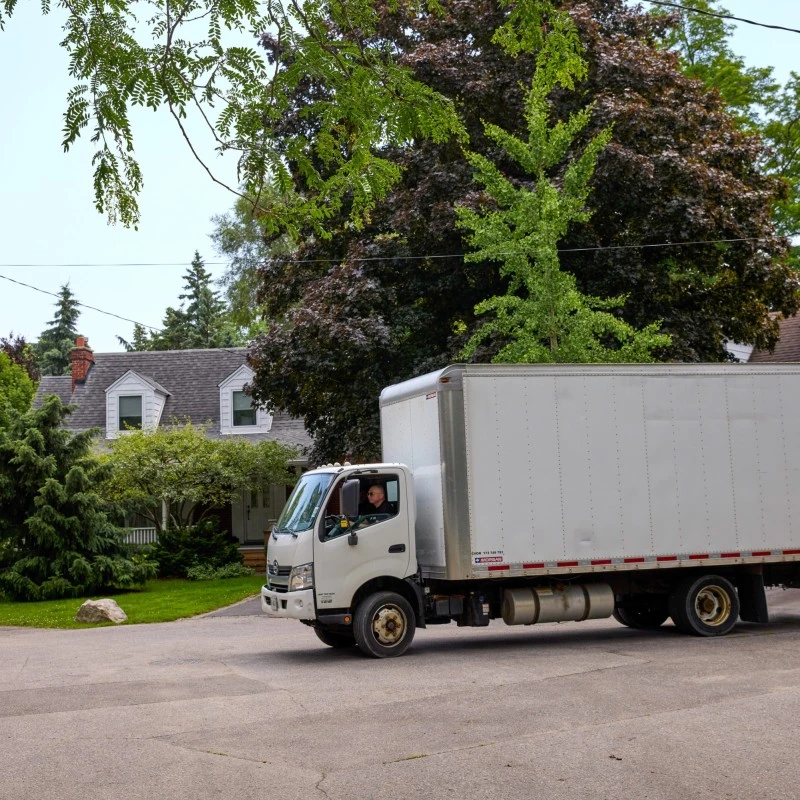Navigating Canada: A Newcomer's Guide to Local Traditions and Heritage


Canada is a modern country with centuries of history and heritage that enrich the culture. From ancient Indigenous ceremonies that have stood the test of time, to celebrations and festivals based around multicultural traditions or environmental and historical events, Canadian traditions represent a diverse and multicultural nation whose core values are based on diversity, openness and friendliness.
For newcomers to Canada, cultural awareness is essential for creating new friendships, effective communication, finding all the things you need to settle in, acquiring employment, and creating a feeling of empowerment in a new community.
Canada’s Culture of Diversity and Multiculturalism
One bonus that most newcomers will experience upon arrival to Canada is that it's highly probable that they will meet hundreds, if not thousands of other Canadians who have arrived from their same origin country and culture.
Especially in Canada’s great cosmopolitan cities, one can find communities representing almost every culture in the world.
The Multiculturalism Act of 1988 declares:
“The Constitution of Canada provides that every individual is equal before and under the law and has the right to the equal protection and benefit of the law without discrimination and that everyone has the freedom of conscience, religion, thought, belief, opinion, expression, peaceful assembly and association and guarantees those rights and freedoms equally to all…”
Canadian multiculturalism is a statement to the values of diversity, inclusion and peaceful coexistence on which Canadian culture has built its foundation.
READ: Cultural Festivals in Canada: Celebrating Diversity and Heritage
Historical Canada was built on a foundation of three cultures:
-
The original, indigenous peoples of Canada who consist of over 630 First Nations communities from coast to coast.
-
The French who colonized much of Eastern Canada
-
The British who colonized much of Central and Western Canada
As of 2025, there were more than nine million immigrants with permanent residence living in Canada, the top 10 origin countries being:
- India
- China
- Philippines
- Nigeria
- France
- United States
- Brazil
- Iran
- Afghanistan
- Pakistan
Significant Canadian Events, Holidays and Traditions

Canada has several national and regional traditions and events, but there are a few that stand out as the most well-known and celebrated pastimes in the country.
-
Canada Day - Canada’s birthday is a big, nationwide celebration where people gather to enjoy fireworks, parades, concerts, and parties, to celebrate the country's history and achievements.
-
Winter Carnival - Québec's Winter Carnival, which happens in February, is one of the world's largest and most famous winter festivals. At the carnival you can see elaborate ice sculptures, parades, snow baths, and outdoor activities like dog sledding and ice canoe racing.
-
Calgary Stampede - This massive annual event celebrates western heritage and culture. The event site spans over 200 acres and this year's Stampede Parade welcomed over 350,000 onlookers. Known as "The Greatest Outdoor Show on Earth," the event features rodeo competitions, chuckwagon races, live music, carnival rides, and endless exhibitions.
-
Potlatch and powwow - These two traditional events are significant in Indigenous Canadian cultures, and help to maintain community strength, connection and togetherness.
-
-
A potlatch is a ceremonial feast among Indigenous peoples of the Pacific Northwest, where rituals, gift-giving, and storytelling celebrate important events like births, marriages, and leadership transitions.
-
-
-
A powwow is a social celebration held by many Indigenous communities across Canada, featuring traditional music, dancing, elaborate regalia, and feasting.
-

READ: Navigating Public and Multicultural Holidays in Canada
Canada’s Culinary Traditions
Beyond distinctly Canadian foods such as Saskatoon berries, maple syrup and ketchup chips, Canada offers some truly unique recipes that are now enjoyed around the world.
-
Bannock - Also known as frybread, bannock is a simple round bread that is most commonly deep-fried. It can also be baked or cooked over an open flame. It is a staple amongst Indigenous Canadians, served at gatherings either on its own, or topped with various sweet or savory toppings.
-
Poutine - This famous Quebecois dish consists of French fries topped with cheese curds and gravy. Its name means “mess” in Quebecois slang, and the dish is featured in restaurants around the world. For an added twist, inventive chefs concoct original poutine recipes, using toppings from various international cuisines.
-
Caesars - Invented in 1969 by bartender Walter Chell in Calgary (and now world-famous), the Caesar is often considered Canada's national cocktail. The beverage is made with vodka, Clamato juice (a blend of clam and tomato juices), hot sauce, and Worcestershire sauce, and garnished with a celery stick and lime.
-
Nanaimo Bars - These famous, no-bake dessert bars originate from the city of Nanaimo, in British Columbia. The bars have a crumbly crust, a creamy custard middle, and a layer of hard chocolate on top.

-
Butter Tarts - This traditional Canadian dessert is made from a buttery, flaky pastry shell filled with a sweet, gooey mixture of butter, sugar, and eggs. Sometimes raisins or nuts are added for variety. The origins of butter tarts date back to early Canadian settlers, and the recipe remains popular to this day.
-
Tourtière - This meat pie recipe from Quebec is usually prepared with a spiced mixture of pork, veal, and/or beef served in a flaky pastry crust. Typical spices used in a tourtière include celery salt, pepper, savory, cloves, cinnamon, thyme, sage, and mustard powder. The dish is rooted in French-Canadian cuisine and is traditionally served during the holiday season, particularly at Christmas.
Canada’s Heritage Sites, Cultural Institutions, Galleries and Museums
Canada is home to several significant heritage sites, cultural Institutions, galleries and museums. While a comprehensive list would be too long to fit in this article, here is a list of six important and unforgettable places to visit:
-
Banff National Park (Alberta) - Established in 1885, Banff National Park is Canada's oldest national park. The park is a UNESCO World Heritage Site that sits in the Canadian Rockies, and is known for its monumental mountain peaks, turquoise lakes fed by glaciers, and iconic wildlife including grizzly bears, cougars, mountain goats, moose, elk, eagles and owls.
READ: The Ultimate Guide to Canadian Wildlife: Where to See Iconic Animals
-
Old Quebec (Vieux-Québec) - This historic district (also known as Quebec CIty) is a UNESCO World Heritage Site recognized for its well-preserved architecture and colonial history. It features landmarks such as the Château Frontenac and the Citadel, providing a glimpse into French colonial history in Canada.
-
Head-Smashed-In Buffalo Jump (Alberta): This UNESCO World Heritage archaeological site is one of the best-preserved examples of a buffalo jump, where Indigenous peoples drove groups of buffalo over cliffs as an effective hunting method.
-
Canadian Museum for Human Rights (Winnipeg, Manitoba): This impactful national museum focuses on the evolution, celebration, and promotion of human rights. It includes exhibits on Indigenous rights and other global human rights issues.
-
Haida Heritage Centre at Kaay Llnagaay (Haida Gwaii, British Columbia): This museum is dedicated to preserving and sharing the art, culture, and history of the Haida Nation. It features traditional Haida art, including totem poles, canoes and ceremonial objects, and provides educational programs about Haida culture.

-
The Royal British Columbia Museum (Victoria, British Columbia): This museum offers extensive exhibits on the natural and human history of British Columbia, including significant Indigenous artifacts and displays on local Indigenous cultures and history.
What do our customers say?



























